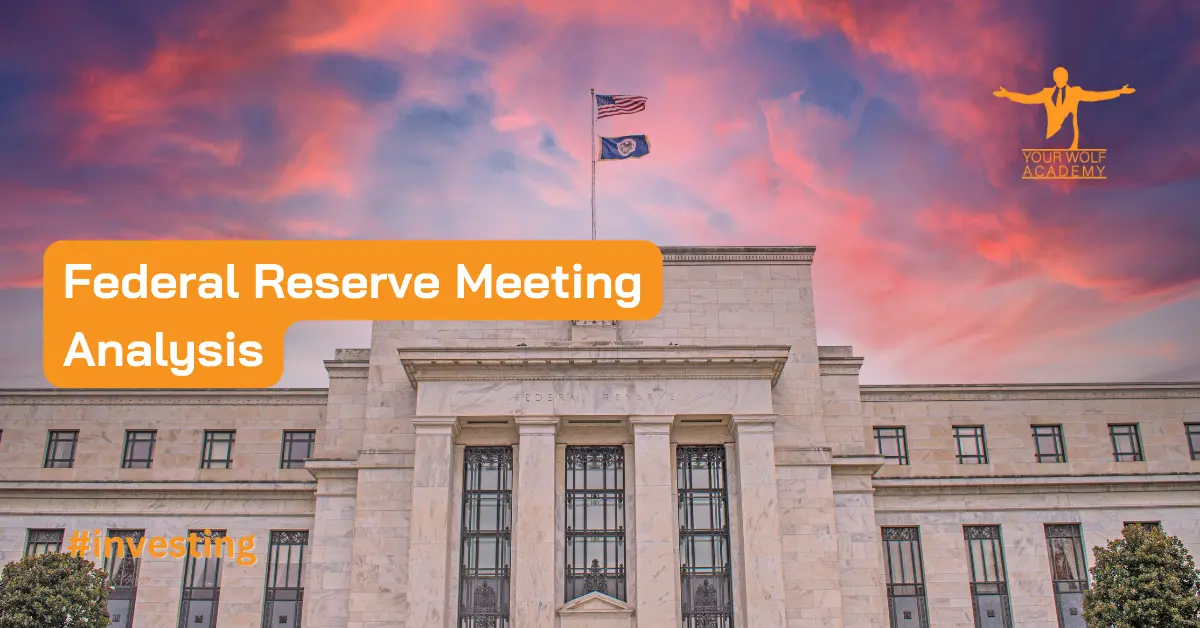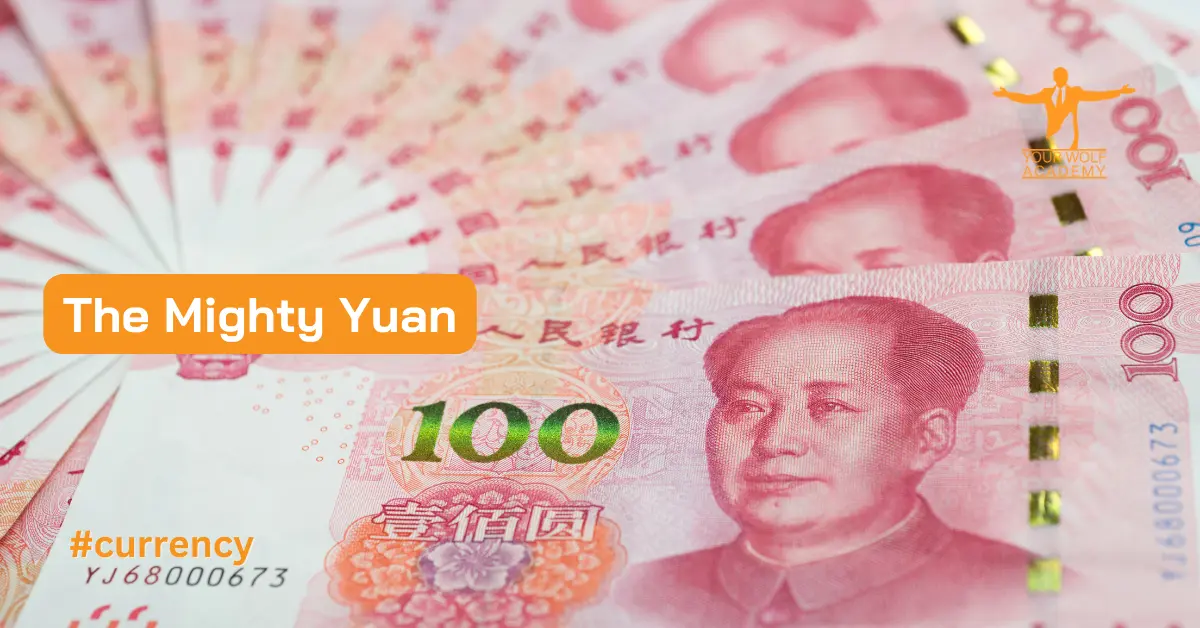The Bretton Woods Agreement, signed in 1944, was a historic international agreement that established the framework for the post-World War II global economic system.
Named after the New Hampshire town where it was signed, the Bretton Woods Agreement sought to establish a stable international monetary system, with the U.S. dollar serving as the world’s reserve currency.
In this article, we will examine the creation of the Bretton Woods Agreement, its impact on the global economy, and its lasting legacy.
Creation of the Bretton Woods Agreement
The Bretton Woods Agreement was the result of a series of meetings held by the Allied powers during World War II. In July 1944, representatives from 44 countries met in Bretton Woods, New Hampshire, to discuss the post-war economic order.
The conference was organized by the United States, which emerged as the world’s leading economic power after the war. The goal of the conference was to create a system that would prevent the economic instability and trade wars that had contributed to the Great Depression and World War II.
One of the key figures in the creation of the Bretton Woods Agreement was John Maynard Keynes, a British economist. Keynes argued that the international monetary system should be based on a global currency, which he called the “bancor.”
However, the U.S. delegation, led by Treasury Secretary Henry Morgenthau, Jr., insisted that the U.S. dollar should be the world’s reserve currency.
Under the terms of the agreement, the U.S. dollar was pegged to gold at a fixed exchange rate of $35 per ounce. Other countries pegged their currencies to the dollar, creating a fixed exchange rate system. This system was intended to promote stability and prevent competitive devaluations, which had contributed to the economic instability of the 1930s.
Impact of the Bretton Woods Agreement
The Bretton Woods Agreement had a significant impact on the global economy. The fixed exchange rate system created by the agreement helped to promote international trade and investment, which contributed to the post-war economic boom. The U.S. dollar, as the world’s reserve currency, became the dominant currency in international trade and finance.
However, the Bretton Woods Agreement also had its drawbacks. The fixed exchange rate system created by the agreement was vulnerable to external shocks, such as changes in the balance of payments or fluctuations in the price of gold. As a result, countries had to adjust their exchange rates frequently, which could lead to economic instability and inflation.
Another challenge with the Bretton Woods Agreement was that it put a significant burden on the United States. The U.S. had to maintain a fixed exchange rate for the dollar and be willing to exchange dollars for gold at the fixed rate of $35 per ounce.
This meant that the U.S. had to maintain large gold reserves to back up the value of the dollar. As the U.S. began to run trade deficits in the 1960s, other countries began to exchange their dollars for gold, leading to a drain on the U.S. gold reserves.
In 1971, President Richard Nixon ended the convertibility of the U.S. dollar to gold, effectively ending the Bretton Woods Agreement. This move allowed the U.S. to print more dollars and led to a system of floating exchange rates, where the value of currencies is determined by market forces rather than fixed exchange rates.
Legacy of the Bretton Woods Agreement
Although the Bretton Woods Agreement lasted for less than 30 years, it had a lasting impact on the global economy. The agreement helped to establish the U.S. dollar as the world’s dominant currency, a role that it continues to play today.
The agreement also set the stage for the creation of the International Monetary Fund (IMF) and the World Bank, which were established to promote international economic cooperation and development.
The Bretton Woods Agreement also served as a model for other international agreements. In the 1990s, the European Union created the euro, a single currency for its member countries. The euro was designed to function similarly to the U.S. dollar under the Bretton Woods Agreement, with a fixed exchange rate system and a central bank to manage the currency.
Conclusion
The Bretton Woods Agreement was a historic international agreement that established the framework for the post-World War II global economic system. Although the agreement had its challenges, it played a significant role in promoting international trade and investment and helped to establish the U.S. dollar as the world’s reserve currency.
The legacy of the Bretton Woods Agreement can be seen in the continued dominance of the U.S. dollar in international trade and finance, as well as in the creation of other international agreements such as the euro.
Your Wolf Academy offers a range of educational resources to help traders succeed, including free signals, technical analysis, and weekly webinars. Sign up today and get a recommendation for a regulated brokerage company that suits your needs.


